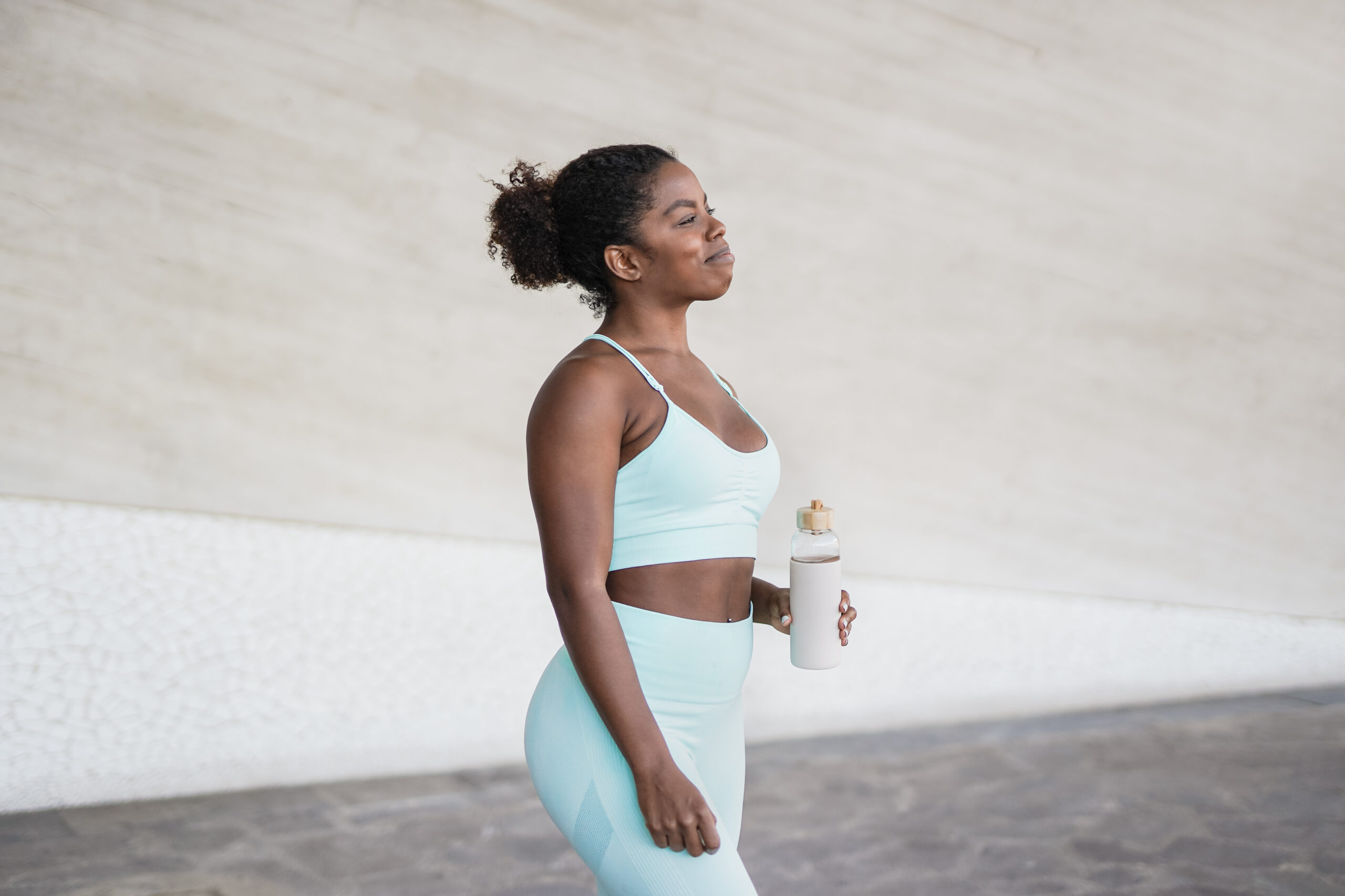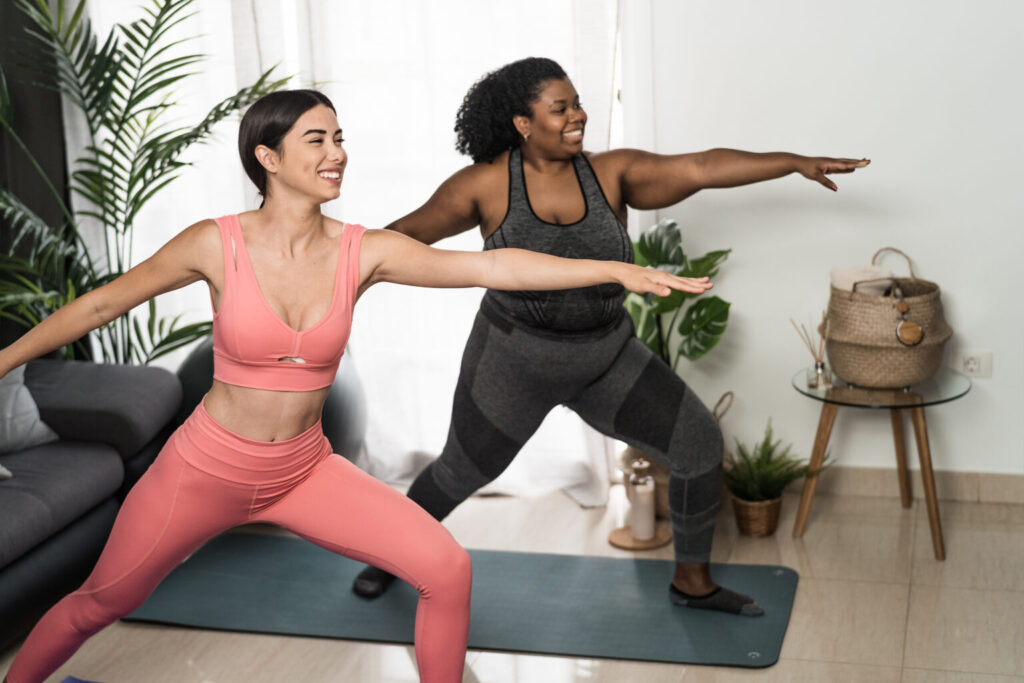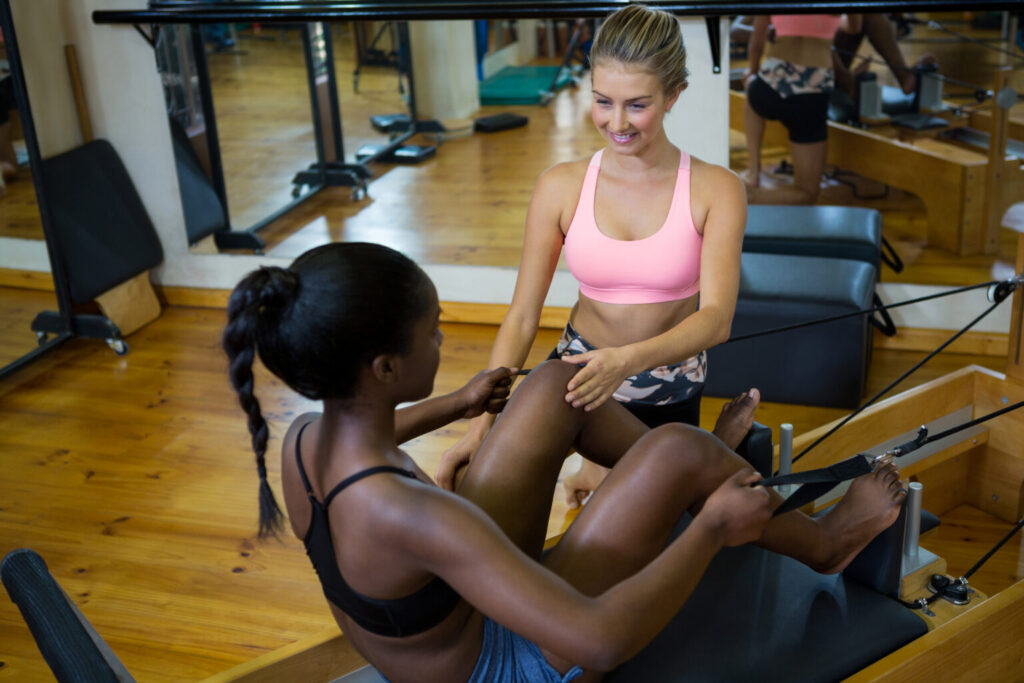
The 5 Best Sports to Keep Your Health in Top Shape
Yes, running is not easy. It’s actually very difficult for those who lack both technique and regular practice. Fortunately, running is not the only form of physical exercise. It is well known that exercise is an essential element of a healthy lifestyle. Eating a balanced diet and doing sports are among the recommendations health professionals often give. But concretely, what is it good for? What type of exercises should be done in which situations? That is what we will try to understand in the rest of this article.
Exercise, this practice that can prevent many troubles

Engaging in physical exercise has multiple benefits for the body and overall health. Whether for physical health or mental wellbeing, having a sporting activity either helps prevent certain diseases or supports recovery.
First, regular exercise can help reduce the risk of many chronic diseases. These include heart disease, strokes, certain cancers, diabetes, and osteoporosis.
In the field of mental health, exercise, through the release of certain hormones, increases feelings of mental and psychological wellbeing. Indeed, the hypothalamus and pituitary gland, two brain structures, release endorphins. Endorphins are often called happiness hormones or runner’s hormones. Their primary role is to reduce anxiety and help humans endure extreme situations. Their action also produces a sense of relaxation and pleasure.
Finally, physical exercise contributes to maintaining a healthy weight. It should be paired with a balanced diet and the minimization of any form of dietary restriction.
To feel good in your body, several components must be considered. Each goal of wellbeing corresponds to a type of physical exercise to prioritize. Strength, cardio, flexibility, balance, and coordination are all areas that can be worked through exercise. Of course, you are free to practice any sports you enjoy, which is even highly encouraged. However, be sure to consult your doctor to verify your fitness to practice a sport before starting.
Method 1: Resistance training
Commonly known as weightlifting, resistance training will help increase your muscle mass, bone density, and improve your balance. It includes any exercise that causes the muscles to contract against an external resistance with the goal of increasing strength, tone, mass, and/or endurance.
Resistance training can also help you maintain a healthy weight by boosting your metabolism and burning more calories. Additionally, it can help reduce the risk of injuries from falls or other activities.
Resistance training is also an effective way to treat or prevent osteoporosis, thanks to its bone-strengthening effect. Patients should begin with low-intensity exercises and gradually increase over time.
For resistance training, you can perform weight lifting, use weight machines, or do exercises with resistance bands.
Method 2: Cardiovascular training

Cardiovascular training consists of workout programs that focus on our effort endurance and stamina by challenging our heart rate more intensely. This type of exercise strengthens the heart muscle and increases lung capacity by improving circulation. Cardiovascular exercise can help reduce the risk of heart disease, stroke, diabetes, hypertension, and certain types of cancer.
For cardiovascular training, you can run, swim, or cycle.
Method 3: Flexibility training

Flexibility training includes stretching exercises that lengthen muscles. Flexibility refers to the ability of a joint or group of joints to move through a wide range of motion with ease and without pain. Flexibility training is important for overall mobility, agility, posture, and helps prevent overuse or strain injuries.
For flexibility training, you can practice static stretches, yoga, or Pilates.
Method 4: Balance training
Strengthening balance engages deep muscles, helps prevent injuries, and improves performance in all types of sports. Balance involves coordinating control of our body’s center while compensating for shifts.
Balance relies on various sensory systems:
- The visual system allows us to orient ourselves in space through our eyes.
- The vestibular system detects rotational movements and acceleration via the inner ear.
- The proprioceptive system consists of receptors in muscles and joints, and pressure sensors in the skin, which detect and signal changes in posture.
Practicing balance training helps prevent falls in older adults and reduces fracture risk. It also strengthens stabilizer muscles and improves posture.
For balance training, you can practice Yoga, Pilates, or Tai Chi.
Method 5: Coordination training
Simply put, coordination is the body’s ability to make multiple muscles work together in a synchronized way to perform an intentional action.
Coordination training offers the same benefits as balance training. It also improves cognitive function and reduces fall risk by developing proprioception. Coordination enables precise, directed movements by helping different body parts work together technically during an exercise or routine.
For coordination training, you can practice sports like juggling, dancing, jumping rope, or exercises on a balance board.
The top 5 sports
We offer a list of the top 5 recommended sports according to SennaCare. This list is not exhaustive and is provided as a guideline.
1. Cardio: walking, running, swimming, cycling, dancing.
2. Strength training: weight lifting.
3. Yoga: improves strength and flexibility, and also reduces stress and promotes relaxation.
4. Pilates: develops body awareness, strength, and focus through exercises targeting core muscles while stretching and strengthening the whole body.
5. HIIT: High-Intensity Interval Training alternates periods of intense activity with lower-intensity recovery. It can be done with bodyweight or equipment such as kettlebells or dumbbells. HIIT has been shown to improve cardiovascular health, boost metabolism, and burn fat more effectively than other exercise forms.
We know it is essential to stay healthy, which is why we have compiled these top 5 exercise methods to strengthen your overall health. From cardio to strength training, yoga, Pilates, and HIIT, we present the best exercise methods to maintain wellness. Remember, the most important thing is to choose the activity you enjoy and feel comfortable with. The more you enjoy it, the more consistent you will be.
At SennaCare, we believe everyone should have access to the care they need to stay healthy. Our goal is to provide you with the knowledge and resources necessary to make informed health decisions, so you can avoid chronic diseases and maintain your wellbeing. By practicing regular physical activity according to these five methods, you can stay in good health. If you need further guidance, don’t hesitate to contact us!
